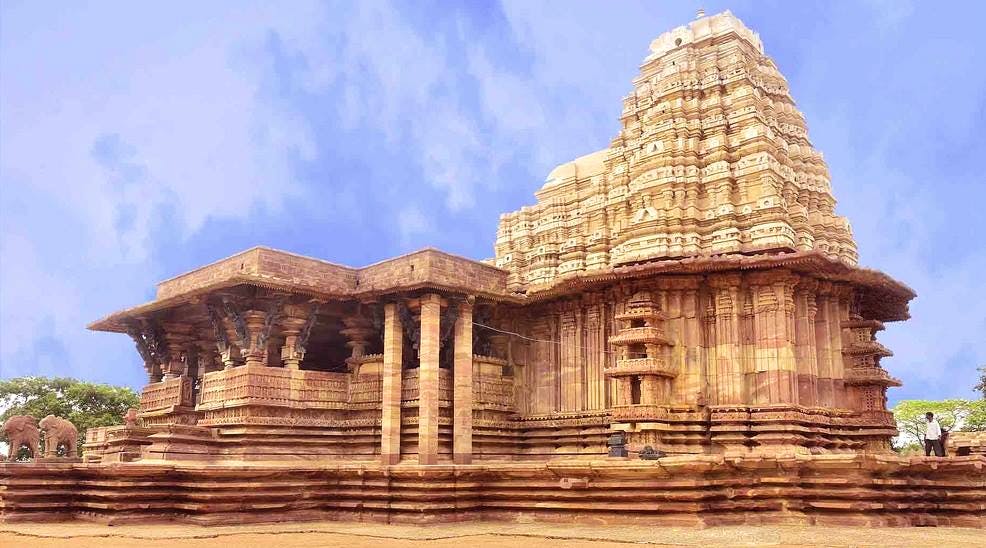Free Courses Sale ends Soon, Get It Now


Free Courses Sale ends Soon, Get It Now



Disclaimer: Copyright infringement not intended.
Context
About
About
World Heritage Sites in India
Cultural (30)
Natural (7)
Mixed (1)
World Heritage Sites across the world
© 2024 iasgyan. All right reserved